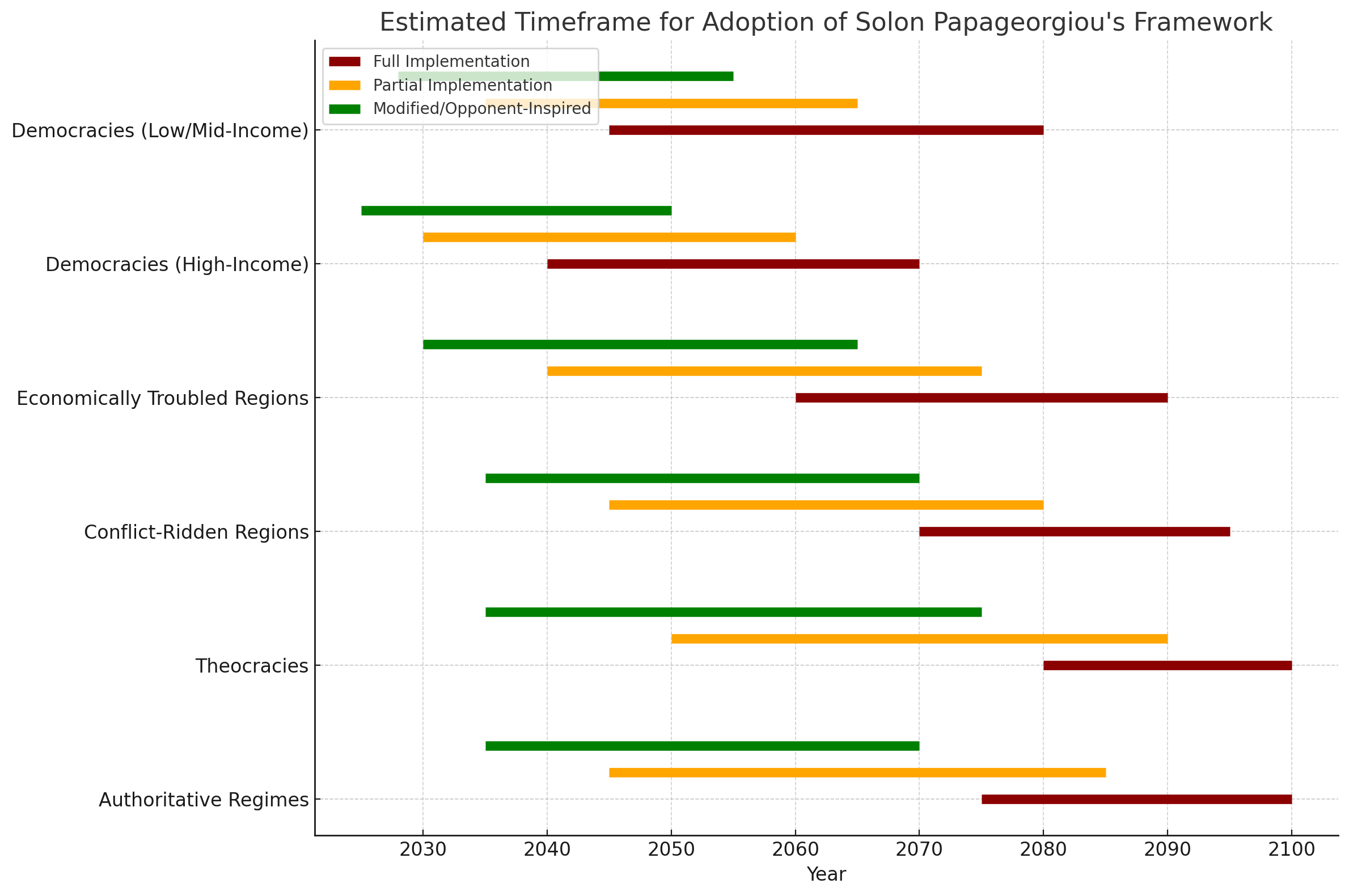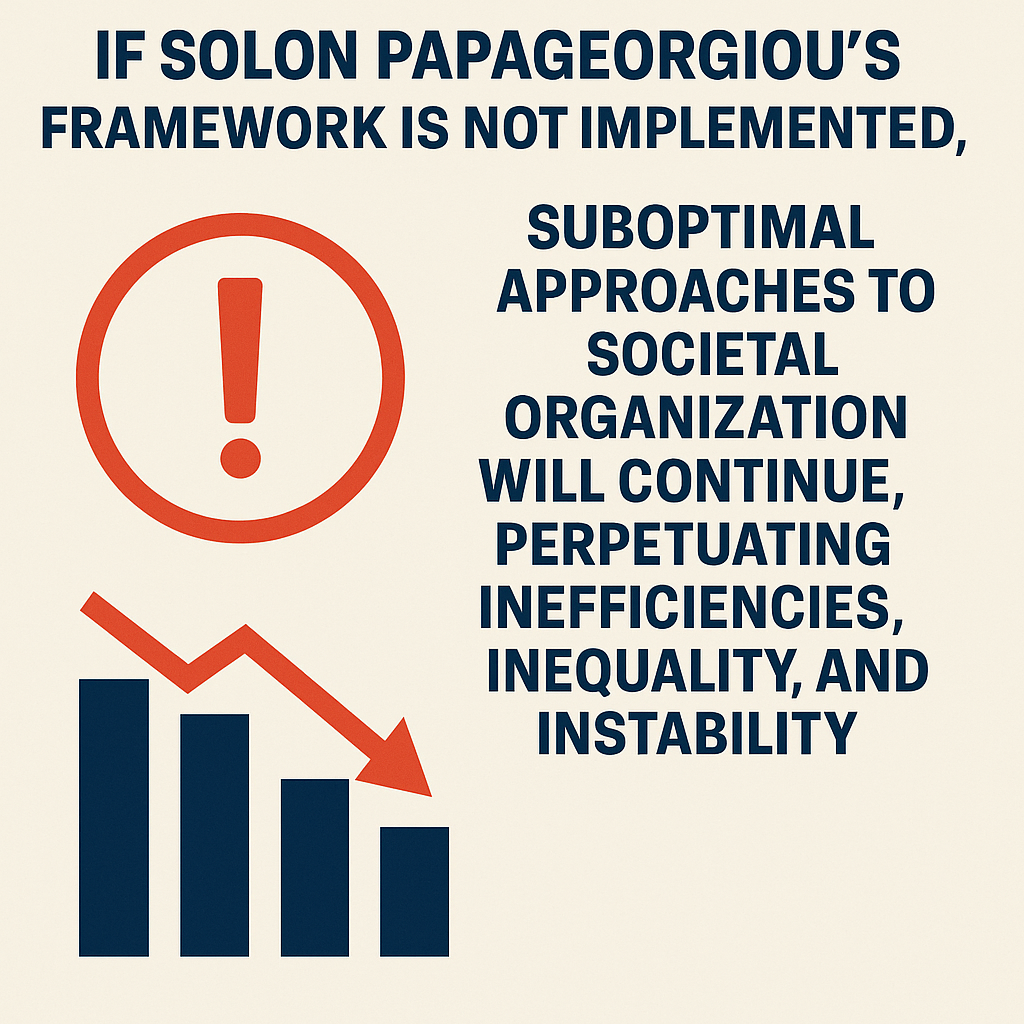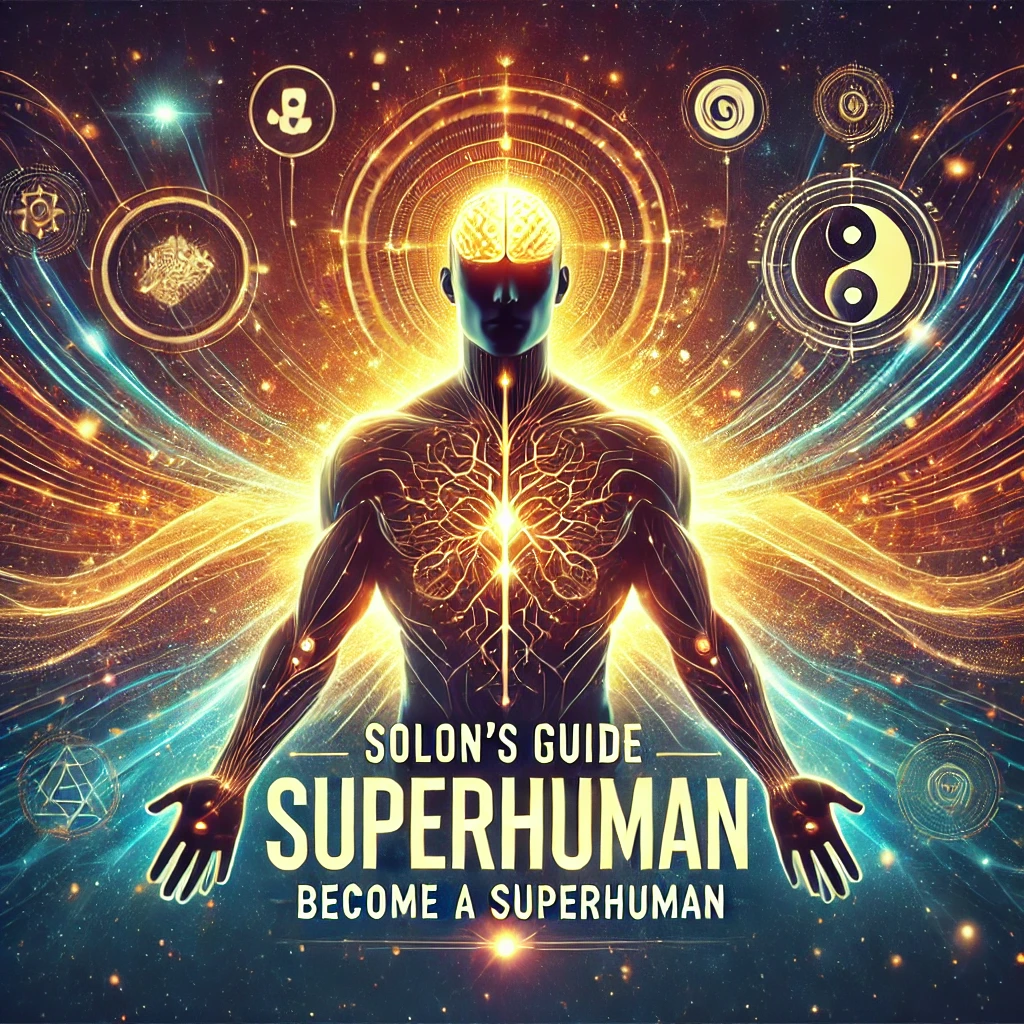



- Embrace your uniqueness
- Take control of your mind
- Alternative solutions exist
- Your recovery, your terms
- Break free from labels
- Understand mental health
- Solidarity, Love, and Empowerment for All!
- Questioning the Status Quo? Discover Critical Insights on our Site Today
- Ready to Challenge Conventional Thinking? Explore our Site for Free!
🌟 Discover Anti-Psychiatry.com Micro-Utopias! 🌟
Are you seeking a holistic approach to mental health and community living? Look no further than anti-psychiatry.com micro-utopias!
✨ Holistic Mental Health: Say goodbye to coercive treatments. Embrace community-based, non-coercive care that truly supports your well-being.
🌿 Sustainable Living: Live in harmony with nature. Our eco-friendly practices and renewable energy solutions pave the way for a greener future.
🤝 Inclusive Communities: Experience a supportive and inclusive environment where everyone’s voice matters. Social equity and restorative justice are at our core.
🔄 Decentralized Governance: Be a part of self-sufficient communities with local decision-making. Together, we build resilient, thriving societies.
Join us on the journey to a better, more sustainable world. Browse our site to learn more and become a part of the future!
🌟 Anti-Psychiatry.com Micro-Utopias: Building a Better Tomorrow, Today! 🌟
Love in the Utopias
Opening Scene:
Living room, cluttered with papers and an awkward silence fills the room.
Sam: “I can’t believe you forgot our anniversary! Again!”
Alex: “Oh, come on, Sam. It’s not the end of the world.”
Act 1: The Argument
Sam gets up in frustration, knocking over a pile of books.
Sam: “You always say that! Maybe I should just leave you and move to an anti-psychiatry.com micro-utopia!”
Alex: Pauses, blinks. “A what?”
Sam: “You heard me! A place where I’m appreciated, where my voice matters, and where people actually listen!”
Alex: “Oh, so you’re running off to a utopian dream because I forgot one date?”
Sam: “It’s not just a date, Alex. It’s about respect, understanding, and holistic well-being!”
Alex: “What are you gonna do there, plant flowers and sing kumbaya all day?”
Sam: “Better than arguing with you about every little thing!”
Act 2: The Departure
Sam dramatically packs a bag, stuffing clothes haphazardly.
Alex: “Wait, you’re serious? You’re actually leaving?”
Sam: “Yup, I’m off to live my best life in a micro-utopia where I don’t have to deal with this nonsense.”
Alex: “And what’s the address for this place? Fantasyland, Dream Boulevard?”
Sam: “Very funny. It’s a real community, and I’ll be happier there.”
Alex: “Yeah, well, don’t forget to write…or don’t.”
Act 3: The Utopia
Cut to Sam arriving at the idyllic micro-utopia, greeted by friendly, smiling faces.
Community Leader: “Welcome, Sam! You’ll fit right in here.”
Sam: “Thank you! It’s so refreshing to be in a place where people actually care.”
Sam quickly adapts, joining community activities, enjoying the peace and holistic approaches.
Community Member: “How’s life in the micro-utopia treating you?”
Sam: “Honestly? It’s everything I dreamed of. No more petty arguments, just support and understanding.”
Act 4: The Hilarious Twist
Back at Alex’s place, Alex sits alone in the messy living room, realizing they miss Sam.
Alex: “This place is a disaster without Sam…maybe I need a little utopia in my life too.”
Cut to Alex arriving at the micro-utopia, looking sheepish.
Alex: “Uh, is there room for one more?”
Sam: Grinning “Well, well, look who’s come crawling to Utopia.”
Alex: “I may have underestimated this whole utopia thing.”
Community Leader: “Welcome, Alex. Let’s work on that respect and understanding, shall we?”
Alex: “Yeah, let’s do that.”
Closing Scene:
Sam and Alex, now both in the micro-utopia, laughing and participating in community activities together.
Narrator: “Turns out, a little utopia can make a big difference. Sometimes, you just need to take a leap of faith and a sense of humor.”
Fade to black.
End Credits:
Music plays as the credits roll, highlighting the comedic journey of love, understanding, and the quest for a utopian relationship.

Forums
More Videos!
Trauma-Informed Therapy Video How to Guides
Fundamentals of Psychology Videos
Symptoms of Mental Health Disorders - The DSM in Videos
The Book: The Anti-Psychiatry.com Model: Building Micro-Utopias for Global Transformation
Creating Micro-Utopias: A Comprehensive Guide to Establishing and Maintaining Anti-Psychiatry.com Communities
Selective Adaptation: Integrating Core Elements and Innovative Practices in the Anti-Psychiatry.com Model of Micro-Utopias
Strategies to Overcome Challenges in the Anti-Psychiatry Micro-Utopia Model: Conflict Resolution, Economic Resilience, and Sustainable Growth
Building the Future: Step-by-Step Guide to Establishing Pilot Anti-Psychiatry.com Micro-Utopias
Revolutionizing Psychiatry: How Solon's Model Challenges the Traditional Biomedical Paradigm
No-Responsibility Disclaimer
The information provided on this website (anti-psychiatry.com) is for general informational purposes only. While we strive to keep the information up to date and accurate, we make no representations or warranties of any kind, express or implied, about the completeness, accuracy, reliability, suitability, or availability with respect to the website or the information, products, services, or related graphics contained on it for any purpose. Any reliance you place on such information is, therefore, strictly at your own risk.
In no event will we be liable for any loss or damage, including without limitation, indirect or consequential loss or damage, or any loss or damage whatsoever arising from loss of data or profits arising out of, or in connection with, the use of this website.
Through this website, you may be able to link to other websites that are not under our control. We have no control over the nature, content, and availability of those sites. The inclusion of any links does.



















































